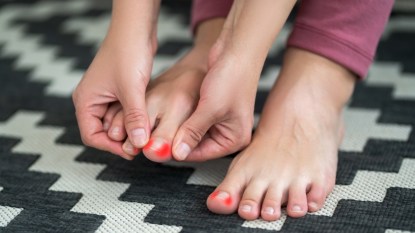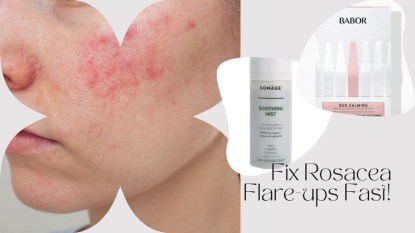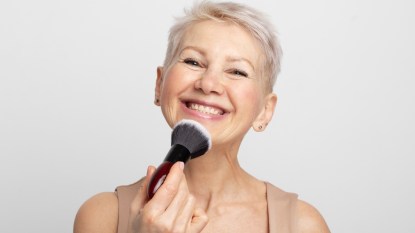Sugaring Is the Gentle, Effective Hair Removal Technique That’s Easy To Do At Home
All you need is sugar, lemon juice and a little know-how to "sugar" yourself in the comfort of your own home
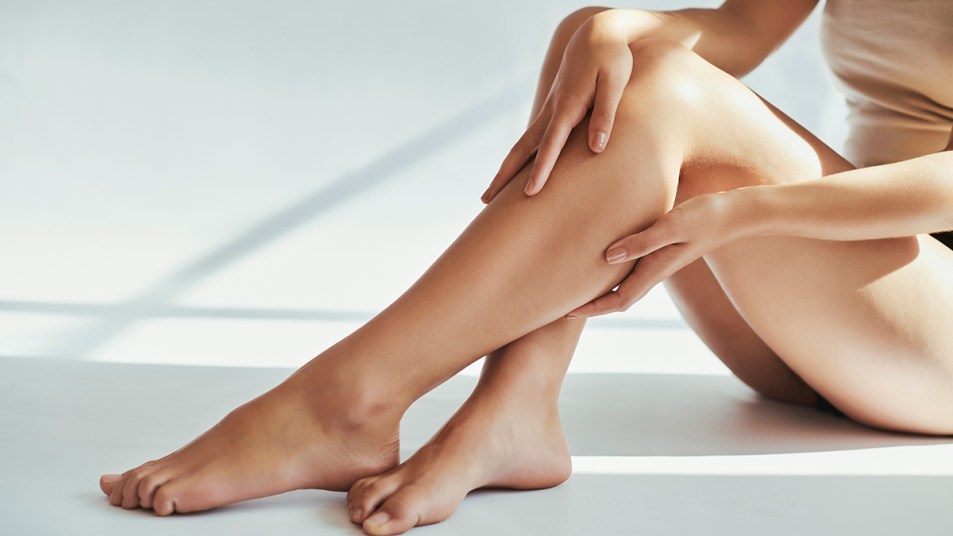
There’s so many hair removal methods out there from waxing to depilatories and lasers. But the technique getting the most buzz on Instagram, TikTok and YouTube right now is sugaring. In fact, videos showcasing sugaring have racked up over 1.4 billion views on TikTok. If you’re wondering what is sugaring, simply keep scrolling to learn everything you need to know about how this technique leaves skin smooth and hair-free without the pain of regular waxing — and how you can get the results from home for pennies!
What is sugaring?
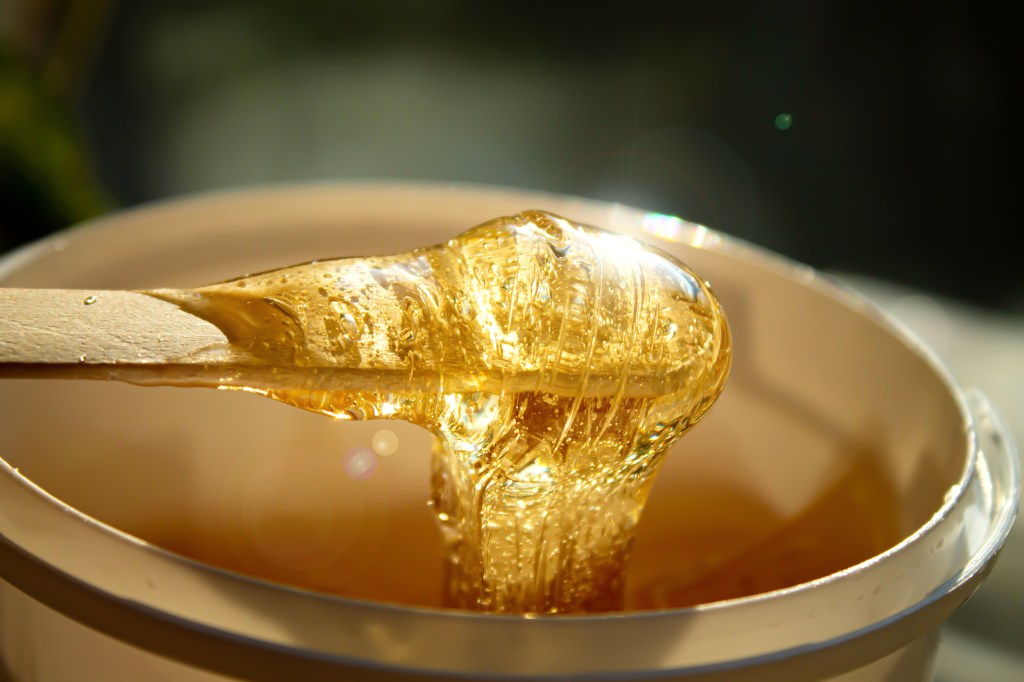
While sugaring might sound new, this method actually originated in ancient Egypt. “Sugaring is an all-natural hair removal technique that’s a great alternative to waxing,” says Mykia Bey, a licensed esthetician at Sugar Bar Salon in Philadelphia. “It’s a paste made of sugar, lemon and water that is applied, with a gloved hand, in the opposite direction of the hair growth and removed in the direction of the hair growth resulting in the entire hair bulb removed.”
The pros of sugaring
1. It’s all-natural
As mentioned above, the paste used for sugaring is made with sugar, lemon and water. And each ingredient serves a purpose, says Daria Nartov, founder and president of Sugaring NYC. Sugar, the main component, acts as the adhesive that adheres to hair and pulls it from the root, she explains. “Lemon juice provides acidity, which helps prevent the mixture from crystallizing and also has natural antibacterial properties, making it suitable for sensitive skin,” adds Nartov. “Water is added to achieve the desired consistency and make the mixture pliable for application.”
2. It works for all skin types
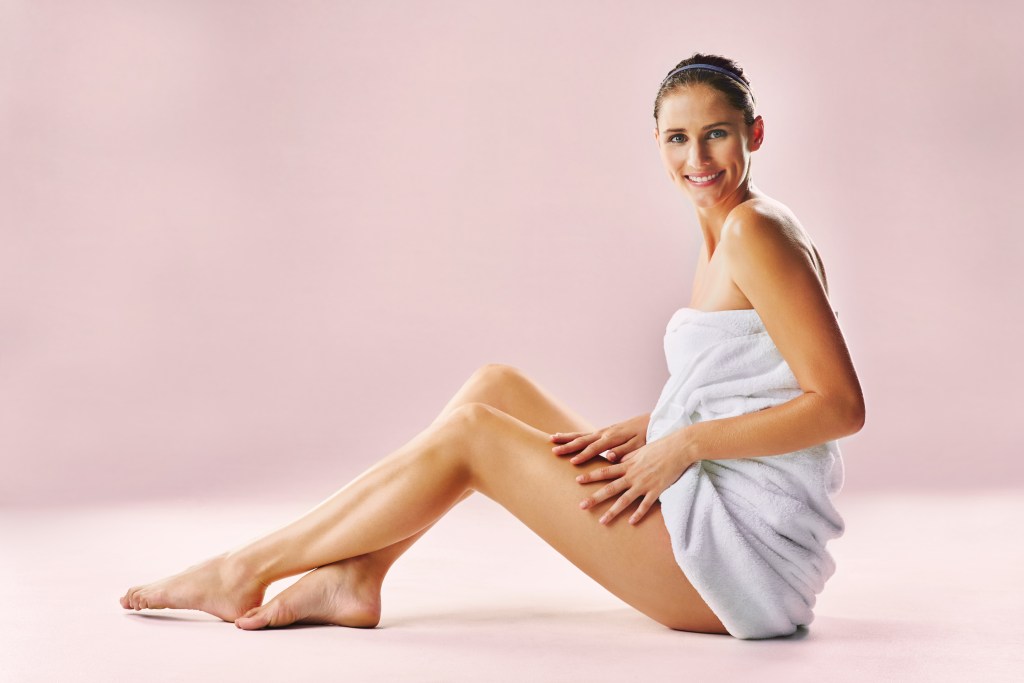
There’s no excessive heat involved so it’s great for all skin types especially sensitive skin. “Sugaring is ideal for sensitive skin because it adheres more to the hair than to the top layer of skin like wax,” says Bridget Adamson, training and development manager for Shobha hair removal salons. This process differs from traditional waxing, which “adheres to the skin and can cause more irritation,” notes Nartov.
3. It can be done on the face and body
Sugaring can be done on all parts of the body, but the area Bey does the most is the bikini area. “I also see a number of people with polycystic ovarian syndrome (PCOS) and hirsutism because they experience excessive hair growth on their faces and sugaring removes it without causing trauma to the skin. (Click through to learn how one of the benefits of spearmint tea is helping with PCOS.)
What you need to know before getting sugared at a salon
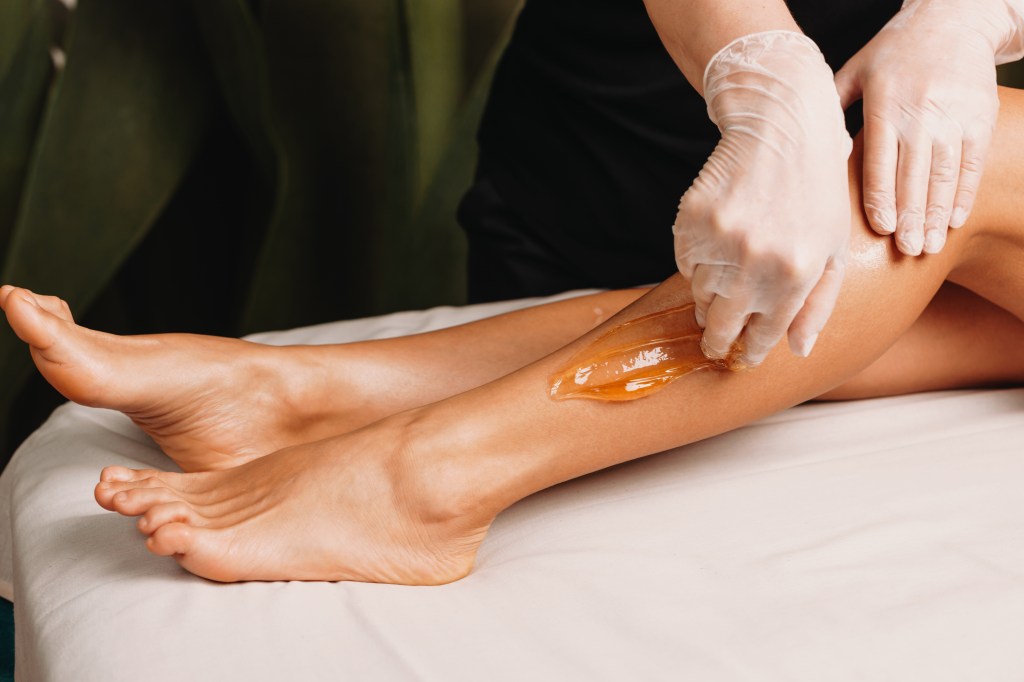
What to expect from a sugaring treatment
First, they clean the area to eliminate bacteria, says Adamson. Then, a talc-free powder is applied to absorb excess moisture and prepare the skin for the sugar application. A thin layer of sugar paste is applied with a spatula, then a fabric strip is pressed firmly on top. “We give it a gentle back-and-forth rub to ensure a secure grip,” notes Adamson. Then, the fabric strip is taken off quickly, thoroughly removing the hair from the root. Last comes a cool compress to soothe the skin, adds Adamson.
What to know about the side effects of sugaring
Sugaring is generally considered a gentle, less abrasive hair removal method, but it can have potential side effects. “Patch testing is a good idea to do before sugaring is done on a larger area,” adds Adamson, to see how skin reacts.
Possible side effects of sugaring include redness, irritation, ingrown hairs, allergic reactions and infections, especially if proper sanitation practices aren’t followed. Redness is usually temporary and should subside within 30 minutes to a few hours post-sugaring, says Adamson. For redness that sticks around, cold compresses or hydrocortisone cream will help ease irritation.
Additionally, proper exfoliation can help reduce the risk of ingrown hairs. Bey recommends using an exfoliating mitt (Buy from Ulta, $8.40) 1 to 2 times a week to exfoliate the body and prevent ingrown hairs. Tip: Avoid exfoliating skin 48 before the surface and 72 hours afterward, says Bey. That’s because the hair removal method exfoliates skin so these are important steps to ensure skin isn’t overly exfoliated.
You’ll also want to avoid the 5 S’s for the first couple of days post-sugaring: sun, sauna, sweat, synthetics, and sex, adds Adamson since skin needs time to heal.
How much does sugaring cost?
In-salon sugaring treatments tend to cost slightly more than traditional waxing. Sugaring on the face costs on average $15 and can go up to $100 for full legs. To prolong the results, Adamson says it’s best to maintain “every four to six weeks, depending on how quickly your hair grows.”
How to do sugaring for hair removal at home
Thankfully, since sugaring requires only three ingredients that you likely already have on-hand, it’s easy to make the paste yourself and reap the hair-free results at home:
To whip up a sugaring paste: In a saucepan, bring 2 cups of sugar, 1⁄4 cup of lemon juice and 1⁄4 cup of water to a boil. Let cool for 20 minutes, then pour into a glass jar. Check out this video from YouTuber Destiny Pino to see how easy it is:.
How to prep the paste and your skin: If the hair you want to remove is longer than a quarter-inch, trim it before sugaring, advises Adamson. “This not only promotes root removal, but also reduces discomfort during the process,” she explains. You also want to ensure your sugar is heated up to a honey-like consistency and she notes that the paste should never feel uncomfortably hot on your skin during the application process.
To use the paste to remove unwanted hair: Apply the paste in a thin, uniform layer and work in smaller sections. “Large strips can lead to hair breakage instead of root removal, causing faster regrowth and potential ingrown hairs,” says Adamson. “Applying in smaller sections and pulling your skin taut when removing the hair ensures root-to-tip hair removal.” Holding skin taut will also prevent bruising and minimize discomfort. And to ensure a silky smooth result, Adamson recommends using some force when removing the strip rather than gingerly peeling it off.
To see this process in action, check out the below video from @abetweene on YouTube.
The 3 best at-home sugaring kits
If you don’t want to DIY the paste or go to a salon to get the benefits, try one of the below kits
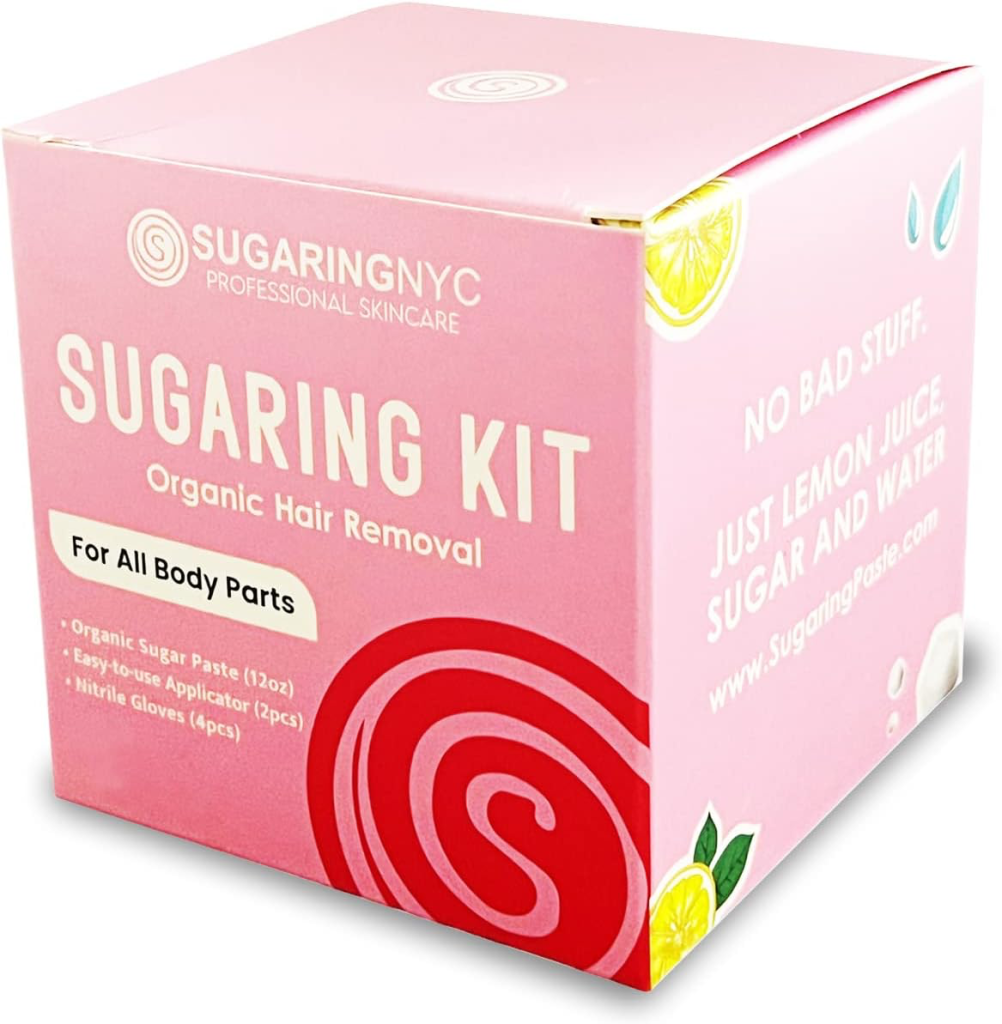
Sugaring NYC Hair Removal Kit (Buy from Amazon, $25.50)
This fool-proof kit comes with sugar paste, which is 100% organic as its made with sugar, organic lemons and purified water, gloves and an applicator. And after using, the hair-free results last up to four weeks.

Shobha Sugaring Kit (Buy from Shobha, $35)
This kit includes spatulas for easy application, talc-free powder to prepare your skin for the process, sugaring gel and reusable denim hair removal strips. It also comes with expert-written instructions “to ensure you have a stress-free experience,” says Adamson. Best of all, it can be used on the most sensitive areas of the body like the face and bikini line.
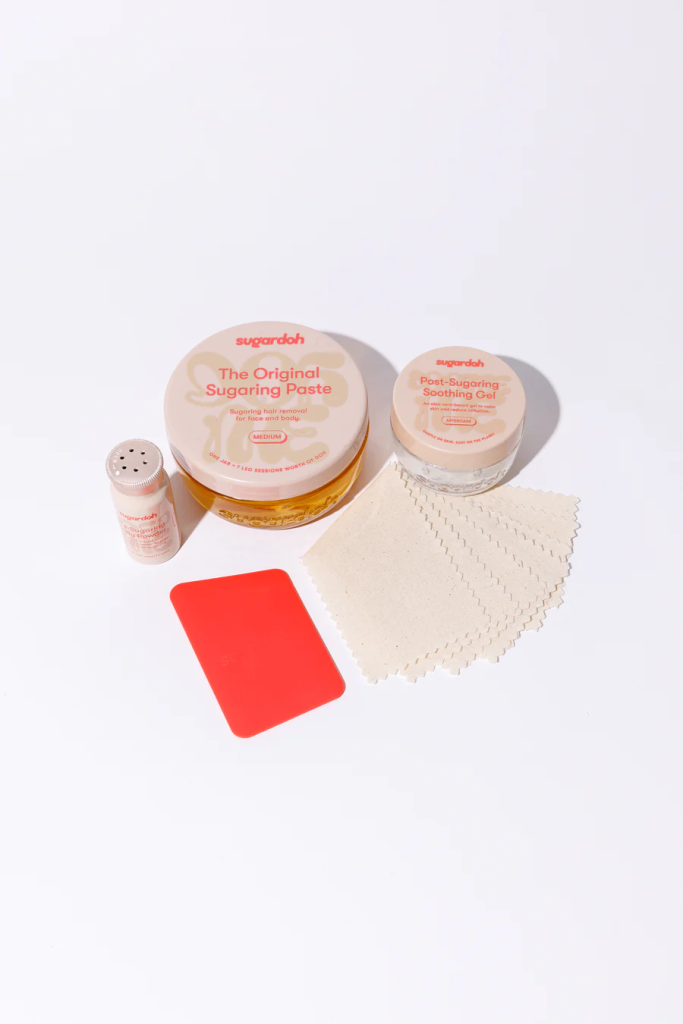
Sugardoh Sugaring Starter Kit (Buy from Sugardoh, $68)
Bey recommends this kit that includes all the tools you need to do sugaring at-home. Plus, it comes with an aloe-infused after care gel to calm redness and irritation. Even better? The brand’s website has a step-by-step guide for using the gentle sugaring paste on every area of the body.
For more on how to remove unwanted hair, click through these stories:
Menopause Facial Hair: Dermatologists Reveal the Best Ways to Remove It at Home







